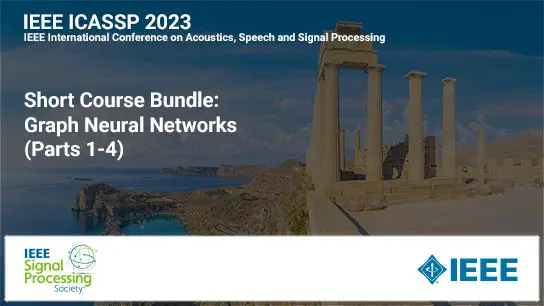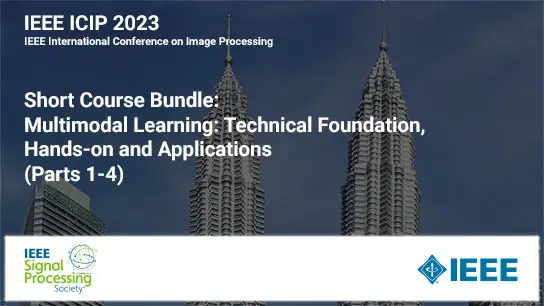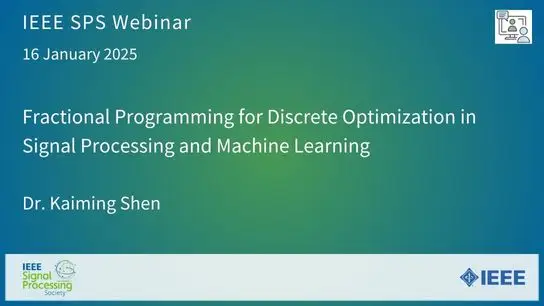Twenty-Five Years of Advances in Beamforming: From Convex and Nonconvex Optimization to Learning Techniques
Kumar Vijay Mishra
-
Members: FreeSPS
IEEE Members: $11.00
Non-members: $15.00Length: 09:24
07 Jul 2023
Beamforming is a signal processing technique to steer, shape, and focus an electromagnetic wave using an array of sensors toward a desired direction. It has been used in several engineering applications such as radar, sonar, acoustics, astronomy, seismology, medical imaging, and communications. With the advent of multi-antenna technologies in, say, radar and communication, there has been a great interest in designing beamformers by exploiting convex or nonconvex optimization methods. Recently, machine learning is also leveraged for obtaining attractive solutions to more complex beamforming scenarios. This webinar is the outcome of our recently published article in the 75th-anniversary special issue of the IEEE Signal Processing Magazine, wherein we capture the evolution of beamforming in the last twenty-five years from convex-to-nonconvex optimization and optimization-to-learning approaches. It provides a glimpse into these important signal processing algorithms for a variety of transmit-receive architectures, transmission zones, propagation paths, and multi-disciplinary applications.
Note: Joint work with Ahmet M. Elbir (University of Luxembourg), Sergiy A. Vorobyov (Aalto University), and Robert W. Heath, Jr. (North Carolina State University).
Note: Joint work with Ahmet M. Elbir (University of Luxembourg), Sergiy A. Vorobyov (Aalto University), and Robert W. Heath, Jr. (North Carolina State University).


